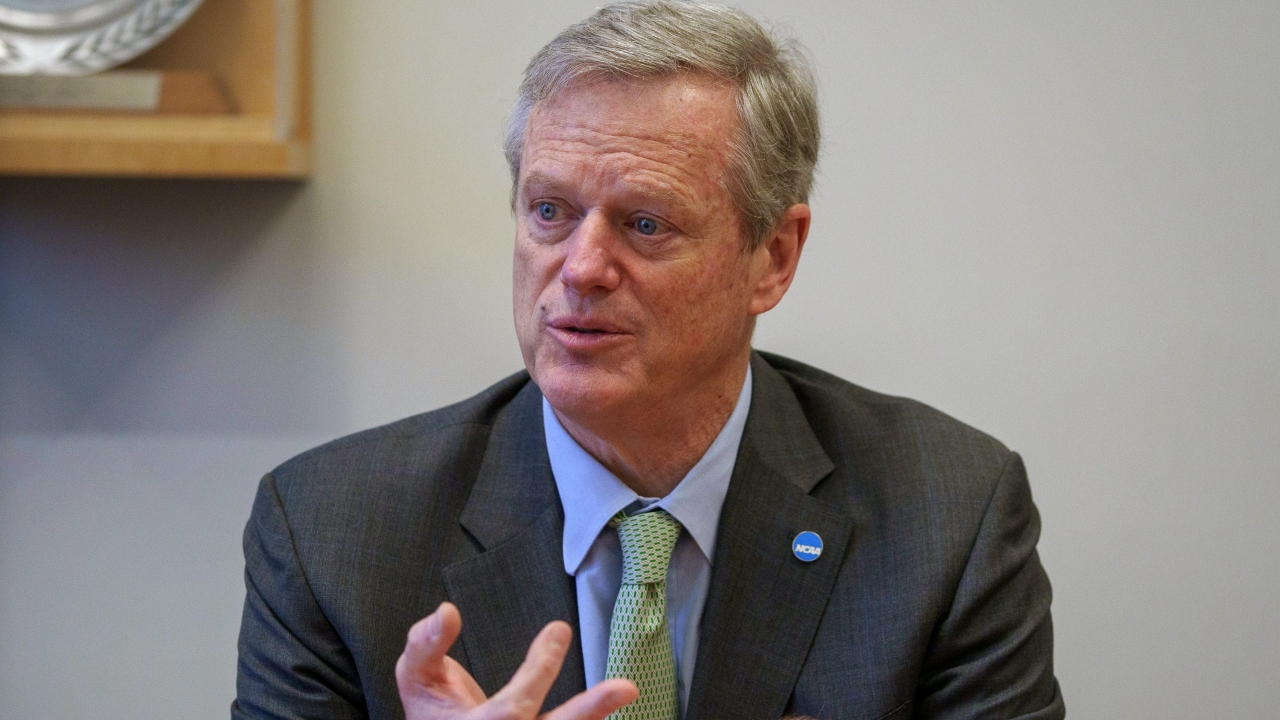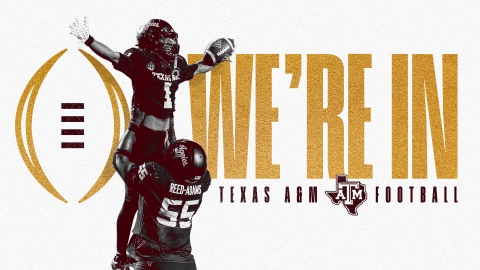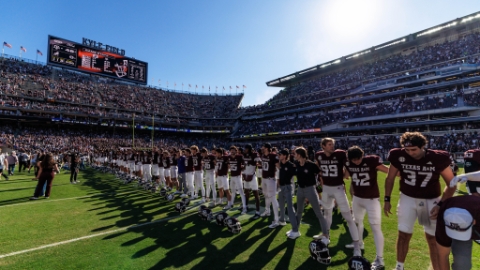NCAA’s 2024 tax return reveals financial implication of House case

On Friday, the NCAA’s latest federal tax return was released for public inspection.
While the purpose of these releases is to provide clarity, there are still plenty of questions regarding the NCAA’s financial future, given that they have a $2.76 billion liability in the form of the House v. NCAA settlement.
However, this number doesn’t tell the full story because the governing body of collegiate athletics is only responsible for paying 60 percent of these damages, while the schools are responsible for the other 40 percent. This would leave the NCAA responsible for a $1.66 billion tab to be paid over the next 10 years.
The goal of a nonprofit organization, such as the NCAA, is to serve a public or societal benefit rather than generating a profit for its owners or shareholders. This means that an indicator of success in fulfilling their mission means “breaking even”.
However, with the liability dumped on them from the House settlement, “breaking even” may get a whole lot more difficult.
Between 2021 and 2023, the organization averaged a surplus of $64 million. As large as that number seems, that would only represent 4.6 percent of its 2024 revenue. The NCAA made a solid $1.29 billion in revenue in 2024 and had operational expenses totaling $1.27 billion, meaning there was about $20 million in surplus this past fiscal year.
If you were to take that $64 million average surplus and use it each year for former athlete backpay, the NCAA would still find itself a billion dollars in the hole.
Where is the NCAA going to find another billion dollars?
The tax returns also revealed some rather alarming uses of NCAA dollars.
First, NCAA president Charlie Baker made $3.4 million himself.
Now, $3.4 million is a drop in the bucket relative to what is expected to be paid over the next 10 years, but the NCAA employed 619 full-time staff members, up from 591 the year before.
Also, since 2020, the NCAA has spent more than $50 million in legal expenses every single year, with that amount continuing to grow. In 2024, they paid $62.2 million in legal expenses and could be on the hook for even more in 2025.
These legal expenses are so troublesome for the NCAA, given that they have been calling for antitrust exemptions and other legislation to save them from financial ruin.
This raises a few questions:
- Can Congress step in to protect the NCAA from future lawsuits?
- Should the president of a nonprofit be making $3.4 million?
- Could decreasing these expenditures keep the NCAA alive for the next 10 years as they endure these back payments?
- What else could/should the NCAA cut back on to make this happen?
Of course, the NCAA wouldn’t have settled if it didn’t have a financial plan in place, and the courts wouldn’t have stuck the NCAA in such a hole so that it’d fall apart, jeopardizing organized college athletics as a whole.
Still, with more lawsuits continuing to pile up and $1.66 billion in liabilities, worrying about the NCAA's financial future may be justified.




